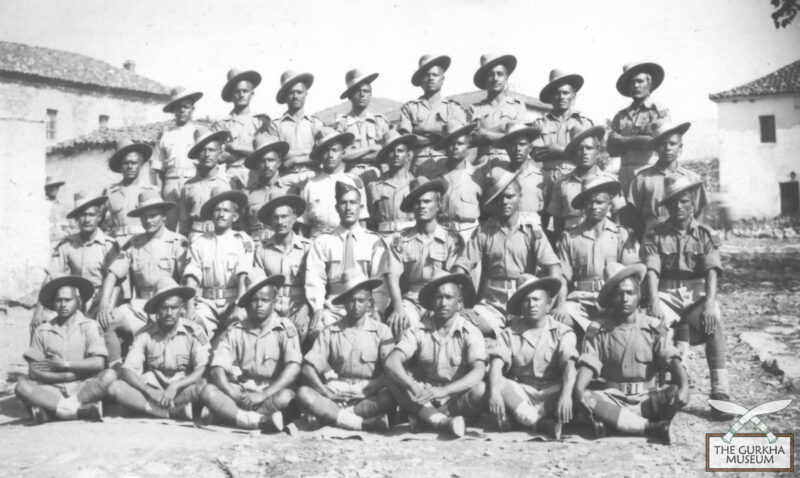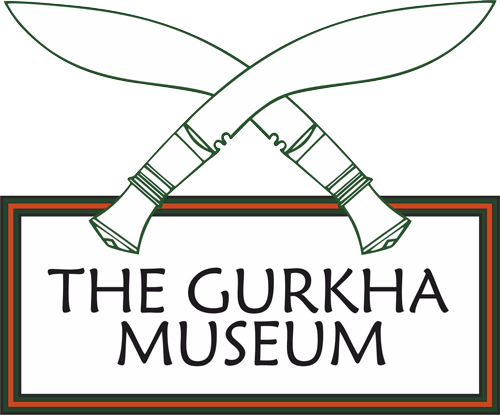New Tensions
In May 1945, tensions arose when Yugoslav partisans, under Marshal Josip Broz Tito, occupied the Italian city of Trieste. Subsequently, British forces were moved up to the hills around Trieste to ensure that the Yugoslavians did not advance any further into the country.
In late-May, the 2nd Battalion, 6th Gurkha Rifles were moved to Ronchi to monitor partisan activity. Allied commanders, determined not to exacerbate the situation, gave strict orders that there should be no firing unless in self-defence. Over the following weeks the Gurkhas made their presence known by patrolling the area with their troop carriers. The partisans made no attempt to stop them, though would occasionally cause alarm by firing their revolvers into the air.
12 miles away, the 2nd Battalion, 3rd Gurkha Rifles was near Gorizia. The Gurkhas were unimpressed with the Yugoslavians, noting their torn uniforms and limited artillery. It was only the female partisans, described as being ‘armed to the teeth and ready to cut one’s throat at any moment’, that caused the Gurkhas any concern.
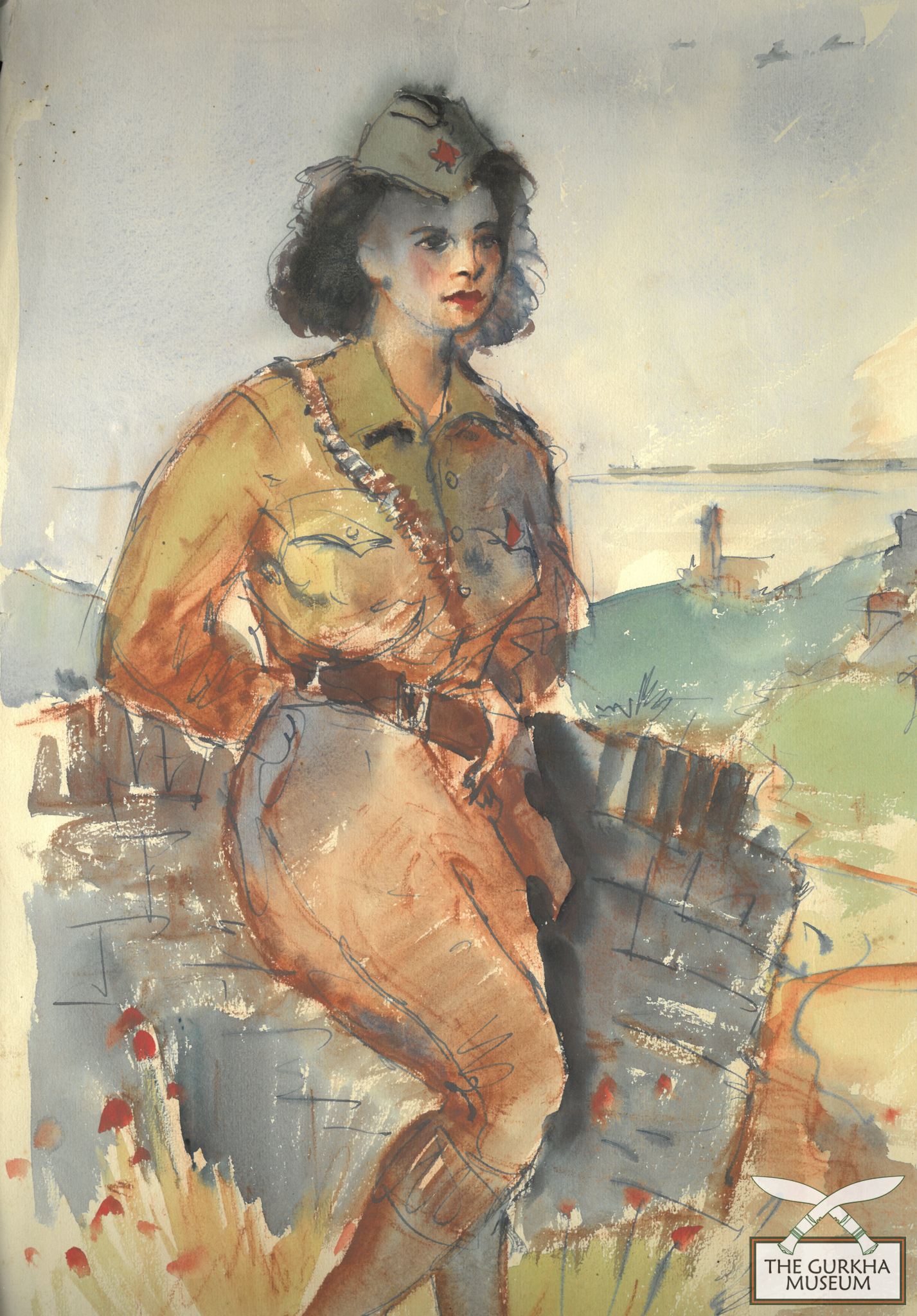
Female Yugoslav Partisans made quite the impression on the Gurkhas, being described as ‘terrifying’ in 3GRs regimental history. War artist Harry Sheldon, formerly an officer of the 8th Gurkha Rifles, took the time to paint one he met at Trieste in 1945.
Once again, no offensive activity was to be taken, and the Gurkhas began an active routine of patrols and training. The 2nd Battalion, 4th Gurkha Rifles were at Castagnavizza on similar duties. There was some excitement in their area when 155mm guns were brought up to destroy a village bell that the partisans were ringing at odds times of the day, possibly to send messages.
Although there were moments when fighting seemed as if it might break out (such as when the partisans fired red flares to warn off Gurkha patrols) tensions began to ebb by mid-June. Following talks between Yugoslavia and the Allies, the partisans began to withdraw behind a newly drawn demarcation line, marching through 2/4GR’s sector on 12 June. The Gurkhas understood for the first time the trials the partisans must have faced in resisting the Nazis. The fighters were armed with salvaged weaponry from many different armies, wore only simple uniforms and were suffering from hunger. Feeling no animosity toward them, the Gurkhas collected stragglers along the road and gave them water and medical aid.
Though patrols, training and occupation duty kept the Gurkhas busy, there were still opportunities to enjoy the finer parts of army life. Throughout May and June the Gurkhas enjoyed special parades, sporting tournaments and excursions to Venice and Austria.
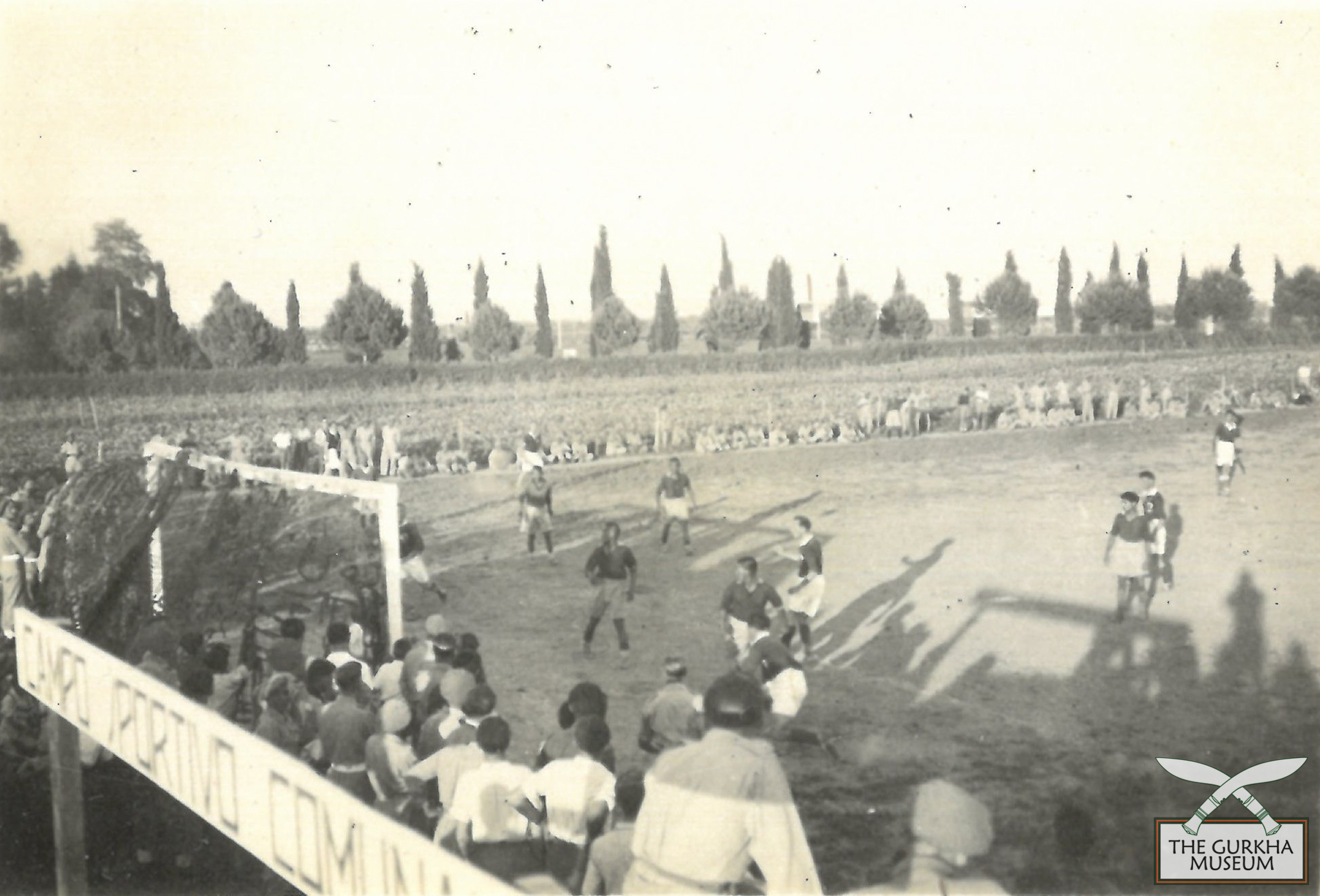
Gurkhas of the 43rd Independent Gurkha Infantry Brigade playing a football match against men from the Royal Artillery. Monfalcone, Italy, May 1945.
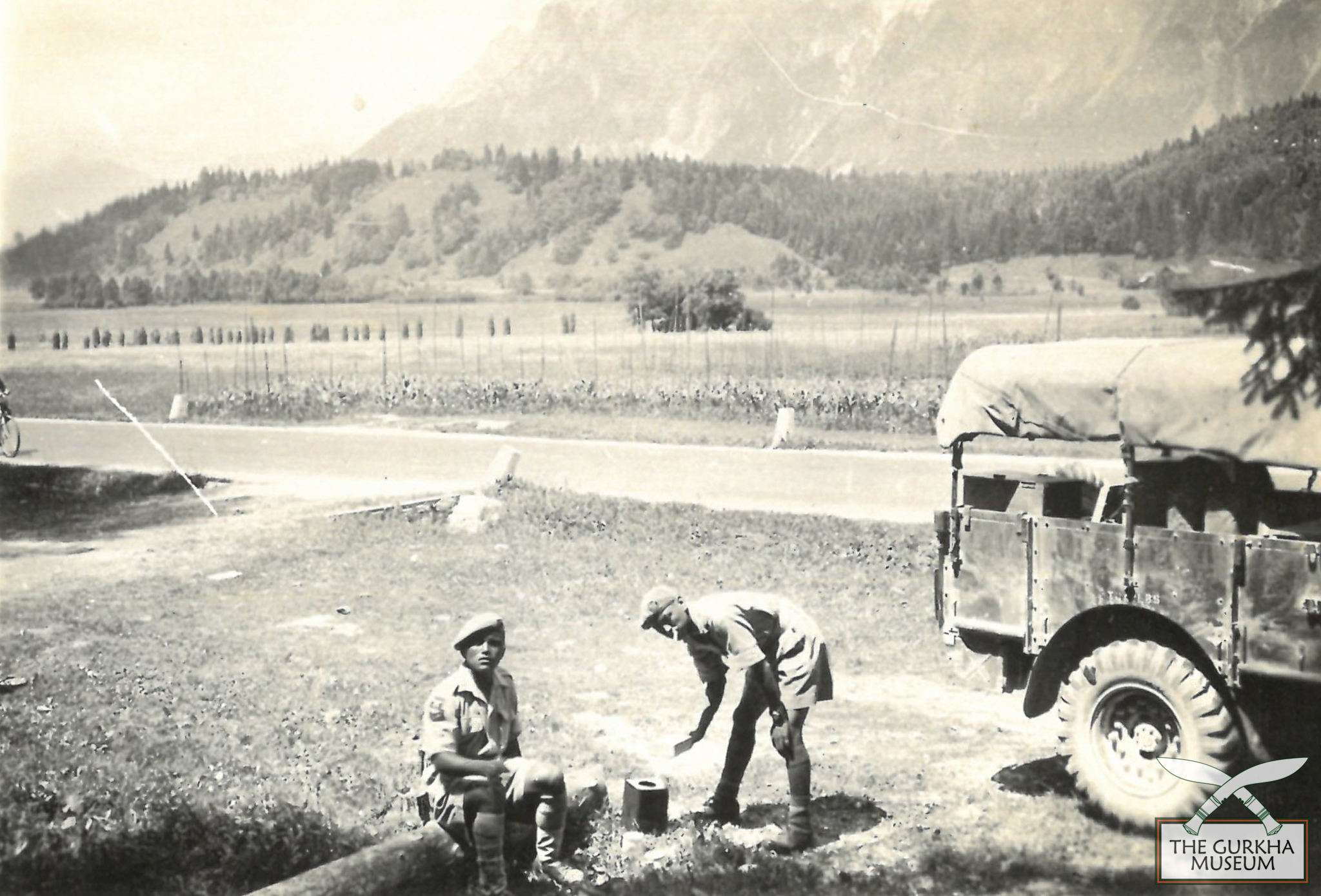
Gurkhas of 2/6GR driving through Austria to join victory celebrations, May 1945.
Life would continue in this way until summer 1945, when Gurkha units began to leave Italy for India and the Middle East.
Peacekeeping
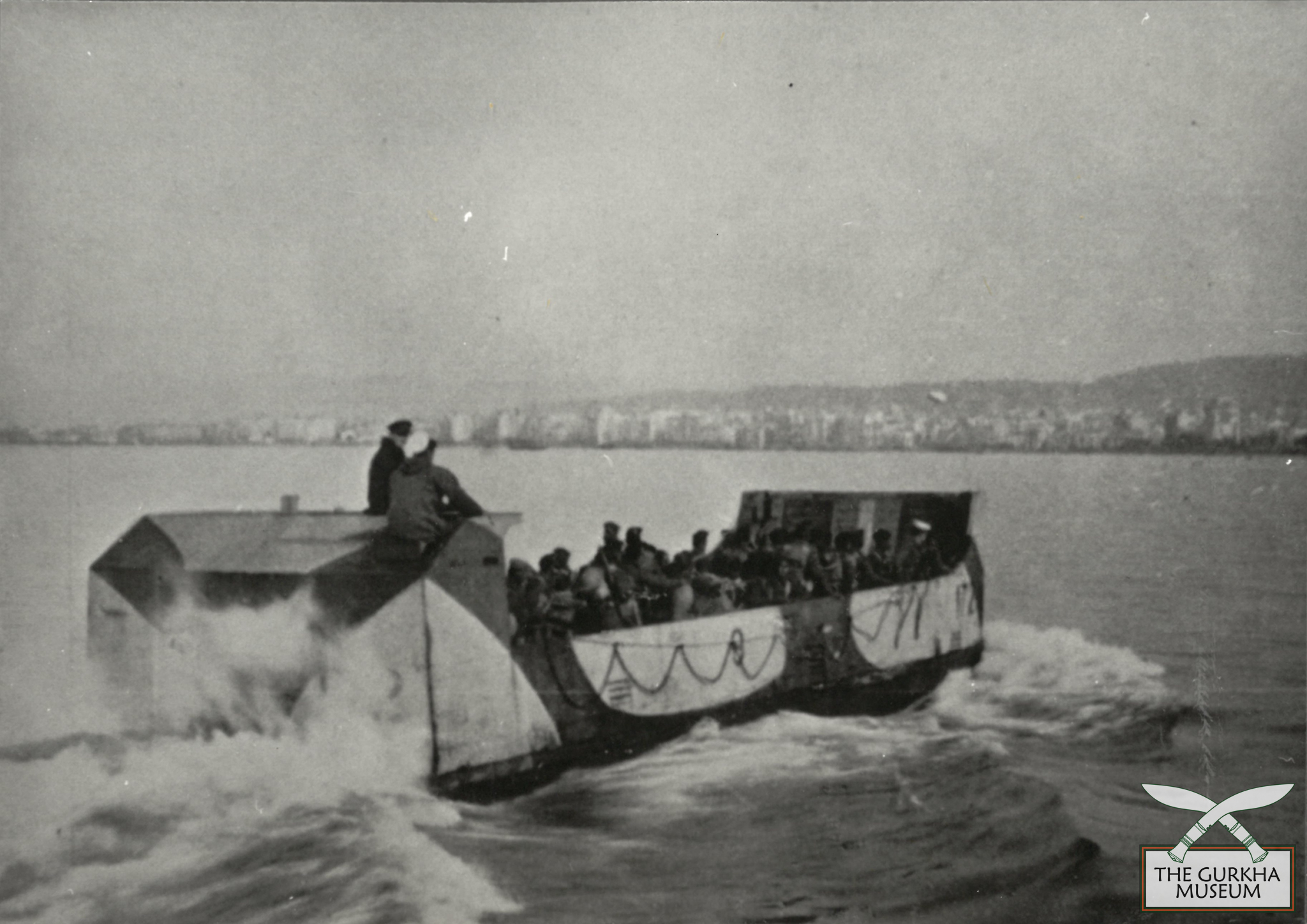
Landing craft carrying troops of the 1st Battalion, 2nd Gurkha Rifles toward Salonika (modern day Thessaloniki), 1944.
Across the Ionian sea, the three Gurkha battalions of the 4th Indian Division were continuing their peacekeeping responsibilities in Greece. Following the German withdrawal in late-1944, British units had deployed to Greece to prevent former Greek resistance forces from fighting for control of the country. Foremost among the warring groups were the communist ELAS (Greek: Ellinikós Laïkós Apeleftherotikós Stratós) and the EDES (Ethnikós Dimokratikós Ellinikós Sýndesmos), which was firmly anti-communist.
In December 1944, the 1st Battalion, 9th Gurkha Rifles landed in Piraeus and fought an urban battle against ELAS, suffering 10 men killed. In January 1945, the 2nd Battalion, 7th Gurkha Rifles also lost 2 men killed fighting ELAS in the hills around Patras.
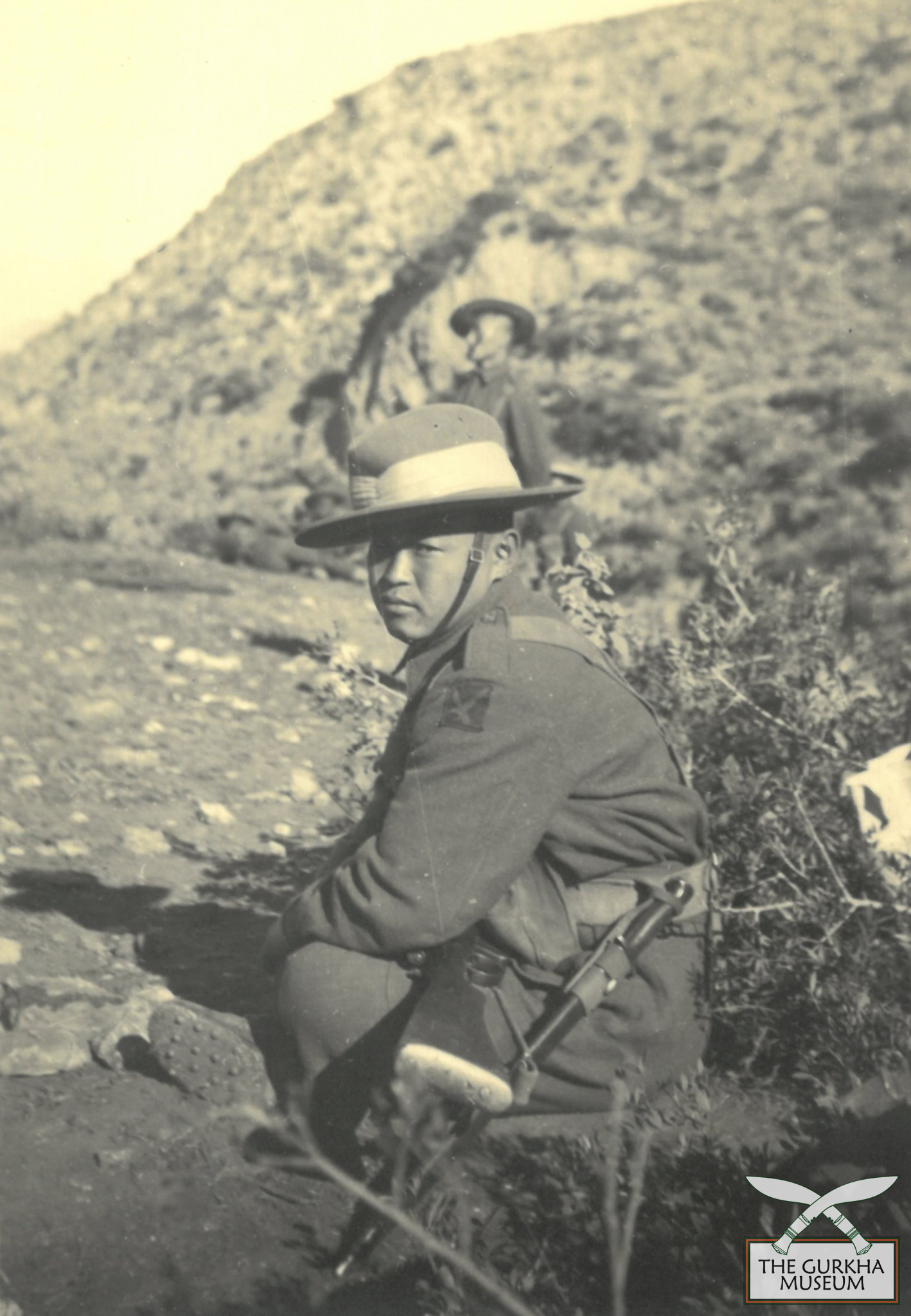
A sniper from 2/7GR in the Greek hills, 1945.
Fortunately, by spring 1945 Gurkha troops were mostly out of the fighting, instead being employed on patrols and security sweeps in co-operation with the Greek National Guard. Although these operations were mostly routine, there was some animosity between the Gurkhas and the National Guardsmen. Reports came out about Guardsmen shooting civilians, shaking the Gurkhas confidence in them and increasing the distrust of the Greek populace. However, the Gurkhas improved the situation by engaging in mixed patrols with the Guardsmen, providing oversight and impartial mediation to local conflicts. By late-1945, security in the country was back under the responsibility of the Greek government, and the Gurkhas moved to humanitarian work such as distributing Red Cross parcels.
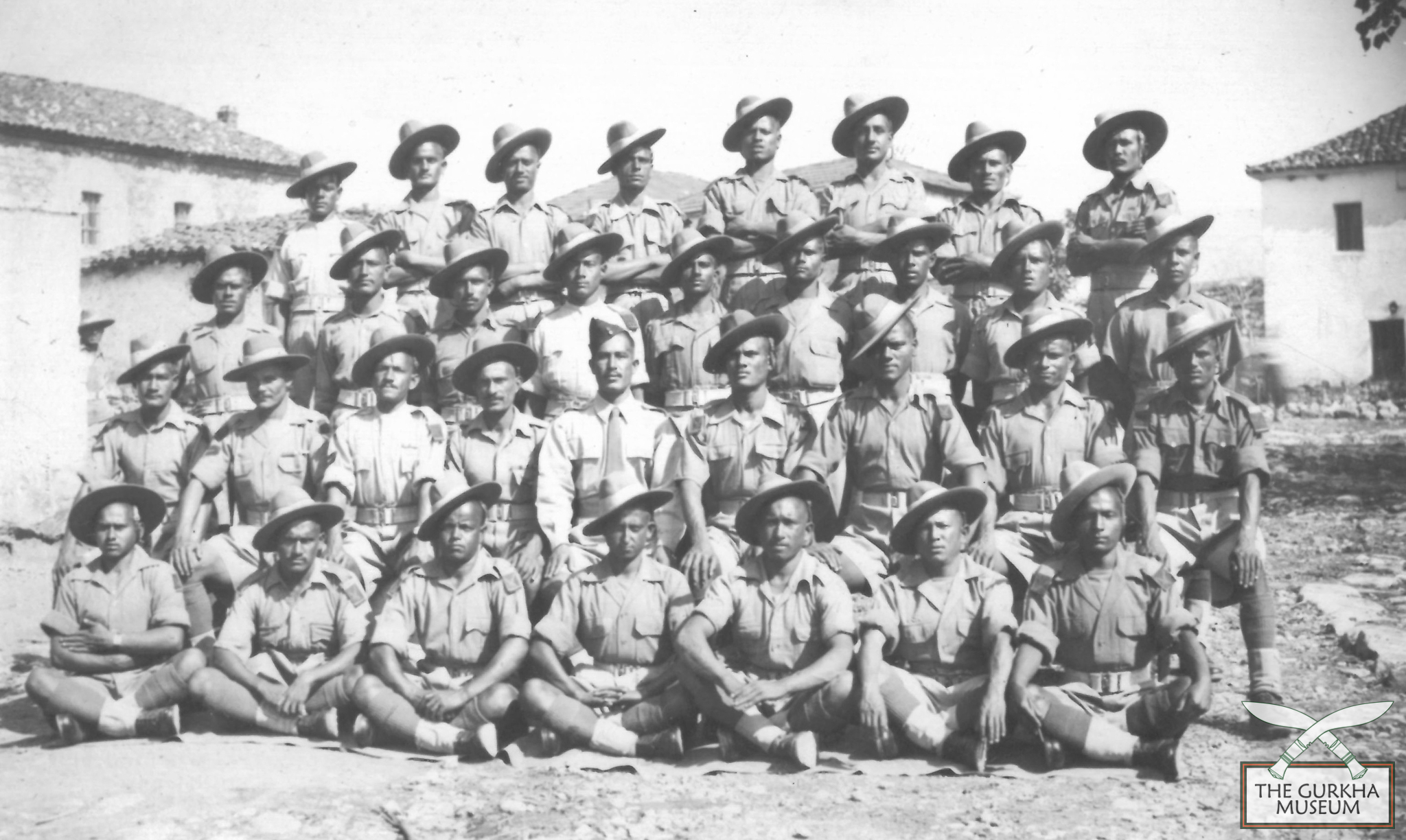
Gurkhas of B Company, 1/9GR, whilst on peacekeeping duty at Nimphion, Greece, 1945.
As in Italy, the end of the war in Europe gave the Gurkhas more opportunities for recreation. The 1st Battalion, 2nd Gurkha Rifles, stationed in Macedonia, enjoyed leave, training courses and social events. The Gurkhas continued their duties in Greece until February 1946, when they were finally sent home.
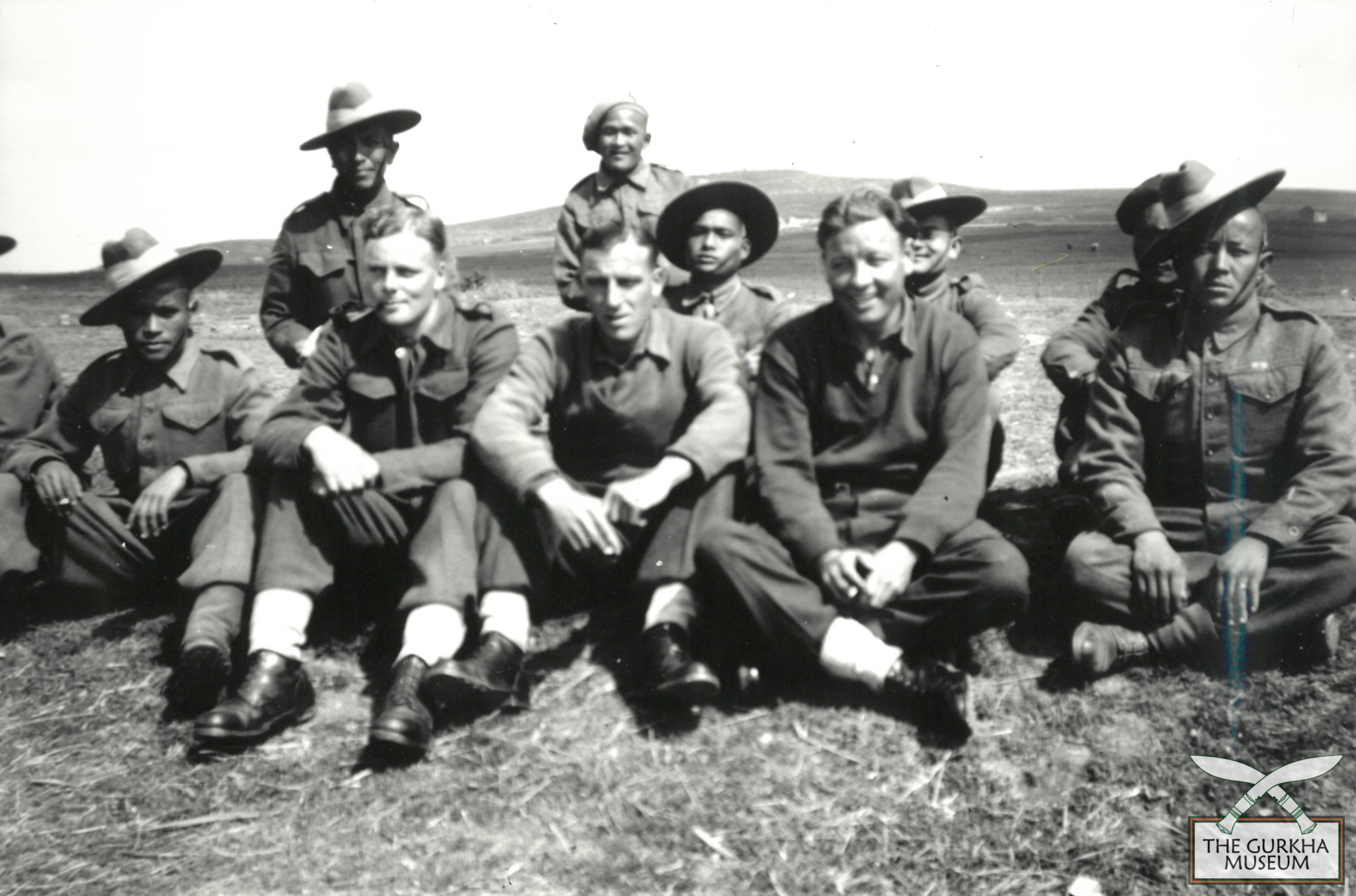
Gurkhas of 1/2GR with friends from the Royal Sussex Regiment, Kilkis, Macedonia, April 1945.
Liberation
For hundreds Gurkha prisoners of war (PoWs) in Europe, the end of the fighting brought their long awaited freedom. Among them was Bilbahadur Thapa of the 2nd Battalion, 8th Gurkha Rifles. Many years after the war, Bilbahadur recounted his story to Lieutenant-Colonel John Cross, formerly of the 1st and 7th Gurkha Rifles.
After his capture in Libya in 1942, Bilbahadur was shunted between camps in North Africa and Italy. At one point he was able to escape, staying for some time in an Italian village. However, he was eventually recaptured and by 1944 was at a camp near Darmstadt in Germany. Whilst at Darmstadt, Bilbahadur and his fellow PoWs were used as forced labour, working long hours moving supplies into underground stores to protect them from Allied bombing.
For many PoWs, accidental bombing by friendly forces was an ever present threat, particularly later in the war when Germany had lost air superiority over Europe. During one bombing raid by the Royal Air Force, Bilbahadur was forced to hide in a trench whilst the surrounding factories were blown to rubble, causing the death of seven Allied PoWs. Later on, Darmstadt itself was heavily bombed and Bilbahadur recalled seeing the bodies of those killed in the resulting firestorm.
By March 1945, as the Allies advanced into central Germany, Bilbahadur and 10,000 other PoWs were marched by night toward US forces. During the day, the PoWs hid in case Allied planes mistook them for enemy infantry. After days of marching, the PoWs eventually reached an American unit. On arrival the Germans surrendered themselves, and Bilbahadur ended up guarding his former captors with one of their own rifles.
After spending a week at an American camp, Bilbahadur was sent to Paris and then to London. Whilst in London, Bilbahadur was part of a large parade where he reported shaking hands with King George VI.
Gumansing Thapa of the 2nd Battalion, 4th Gurkha Rifles recounted a similar experience to Lt. Col Cross. Gumansing was also taken prisoner in North Africa during the hard fighting of 1942. He was interned at a camp near Naples, where he and the other prisoners were used to load bombs onto lorries.
When the guards weren’t looking, the prisoners would remove the fuses from the bombs to render them inert. Once this was discovered, the Germans forced Gumansing and his comrades to dig a deep hole, where they were left to sleep at night with no cover. The cold was so severe that some of the older prisoners died of exposure.
After Allied advances in Italy, Gumansing was moved to Austria, where he remained until May 1945. When the Germans surrendered, Gumansing and the other liberated PoWs left the camp in a great procession, flying their national flags. After a short stay in Belgium, he was flown to the UK, where he remained for three months. Like Bilbahadur he took part in the victory parades in London, and had the opportunity to meet the Royal Family.
After years of difficult trials, the war was finally over for Bilbahadur and Gumansing. But across the world, in the thick jungles and flooded paddies of central Burma, the fanatical troops of the Japanese Empire continued to extract a high price in blood from the Allied armies advancing against them.
In July, Path to Victory will return to events in the Far East, focusing on the 14th Army’s lightning advance through Burma and its final brutal confrontation with the Japanese at the Sittang river.
